I have discussed physical representation and female character design in video games at length here on Not Your Mama’s Gamer and it’s an issue I consider to be of pretty great importance when it comes to creating a woman-friendly environment for female gamers (and one that I hope you haven’t gotten sick of yet dear readers!). But although I have mentioned it briefly, I believe that I haven’t yet thoroughly discussed the issue of the lack of realistic body proportions that seems to plague games, as it does many other pop culture mediums like television programs, comics, and even children’s cartoons. Harkening back to the same sort of male fantasy-based reasoning that results in the clothing of female characters being impractical and largely revealing and objectifying, the tendency for female characters to have an improbably skinny figure sometimes also coupled with equally improbably large breasts is an issue that is as rooted in our Western culture as it is in video games. This thin, toned, and traditionally sexy body model has become the norm, the expectation, and even the ideal goal for both girls and women alike, the latter reason of which is perhaps the most disconcerting. Thus this is not only an important topic for feminism to address and analyze but also a personal and touchy one for me as well, as I have struggled for years under the weight of a lack of confidence in my body and eating disorder-like anxiety.
Despite some degree of correlation, I’m not going to blame my body insecurity on female character designs in video games. At least, not in any hugely significant way. It is, after all, a complex working of cultural, experiential, and even genial factors that result in any such condition. Furthermore, I’d like to leave any statistical or experiment-based evidence of pop culture’s effect on body insecurity to those more experience and expertly trained in the matter. But rather I’d like to focus on why this unrealistic and even unhealthy figure continues to be the default for most female characters in games, why this contributes to the issue of sizeism especially when a heavier character is introduced, and why this issue should be important for male gamers as well as female ones.
It’s not hard to see that nearly all female characters in games conform to such a thin body standard, particularly as game developers seek to market their female characters as “pretty” or desirable to the player. This becomes especially noticeable when part of the plot centers around convincing the player that they should rescue a love interest, daughter, wife, and the like, when attractiveness contributes to motivation even in a subconscious way. Breast size is probably the most variable aspect of female character designs other than perhaps hair color, but let’s just say that I am a firm believer that a good deal of the small figured characters’ breasts seem unrealistic given their body proportions. However, even female player characters or party characters adhere to this as well. This is, of course, clearly contrary to the true diversity of body sizes that exist in the world. Though these games are oftentimes based on fantasy and are clearly fiction, they are often inspired on realism, and still point to a gaping lack of body diversity.
But when a character is modeled in a way other than this norm, she and even he is generally cast in a villainous or humorous role. As we here at Not Your Mama’s Gamer brainstormed with great difficulty in the recent podcast that wasn’t meant to be, there are very few overweight characters or even characters that just aren’t particularly skinny in gaming, especially so female characters. We struggled to think of hardly any, and I for one kept coming back to characters that fit the tropes of grotesque heinousness, comical chubbiness, and gluttonous laziness. The first thing to come to my mind were the princesses from Fat Princess, clearly meant to be mocked and ridiculed as a joke as you force feed them to make them even larger. Another, as I analyzed and researched after our conversation, I recalled was Gruntilda from the Banjo-Kazooie series, a stereotypical hag-like witch character who was clearly designed to be repulsive to the player and whose motivation was even to try and become “beautiful”. After some time, I realized that the catalog of positive female characters of “larger proportions” that don’t conform to these tropes and that aren’t anthropomorphic animals but rather actually human based in their design is almost nonexistent. Even games that offer the chance to create a customizable character, other than, perhaps, the Sims, only allow the player to go so far when modifying their character’s body proportions.
Though arguably the number of male characters that don’t fall into these weight-centered tropes is higher than that of their female counterparts, they nevertheless receive a similar treatment. Although I would argue that this is certainly not motivated by or embedded in sexual objectification, male body stigma is also ingrained into mainstream culture and is potentially damaging to male players. This lack of body diversity in characters of both sexes results in a hostile and an even potentially detrimental environment for average players who cannot possible conform to these standards. Thus I argue that this is not just an issue for female gamers but male gamers as well as it contributes to sizeism, or discrimination based on someone’s physical size, and negative body-based stereotypes in mainstream culture.

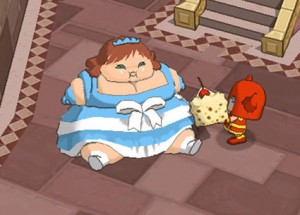

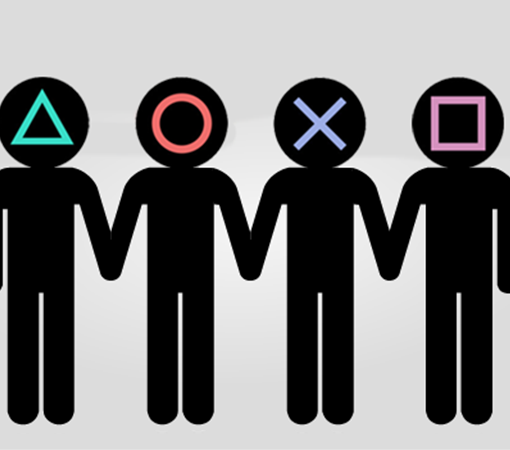
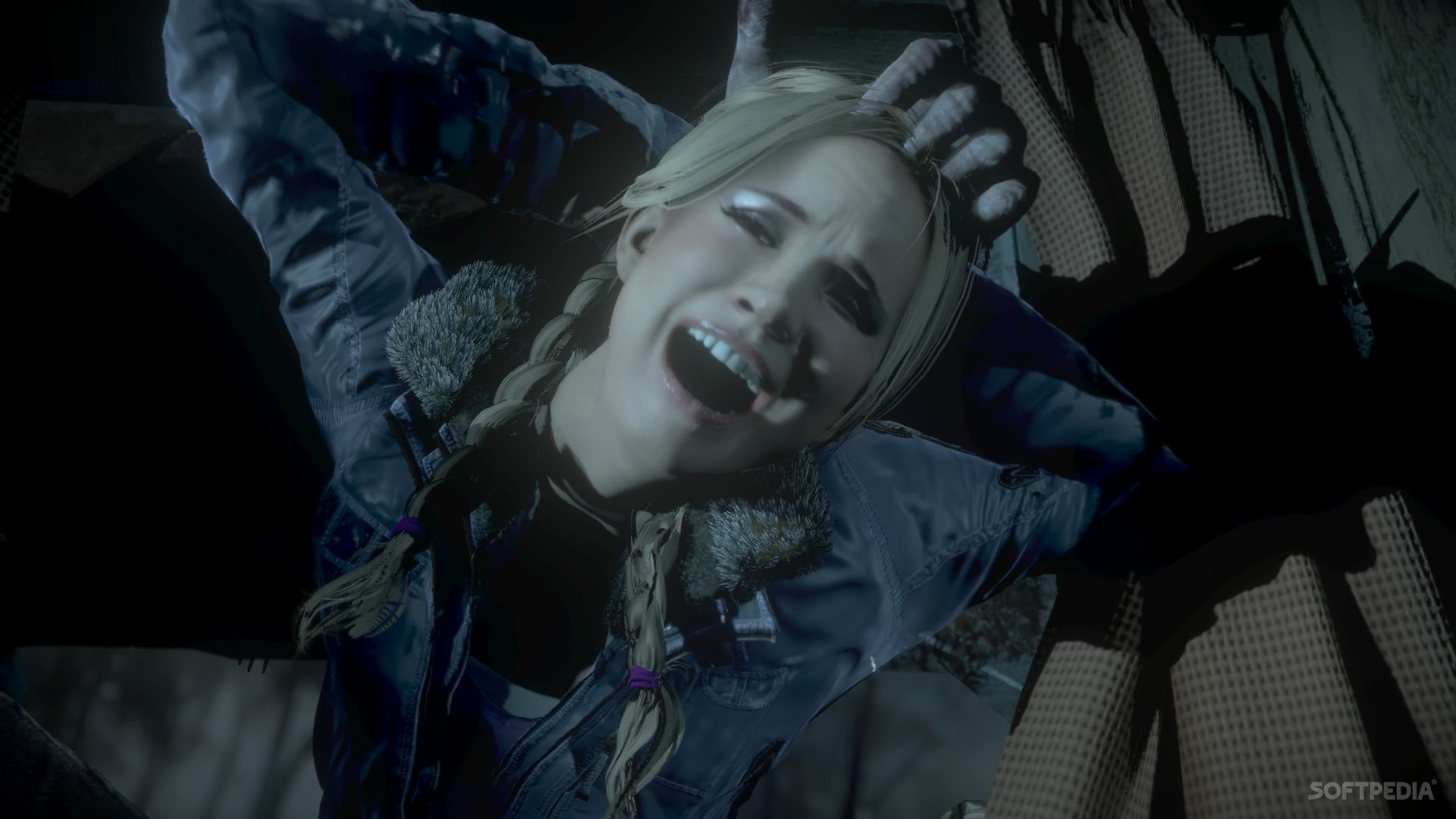
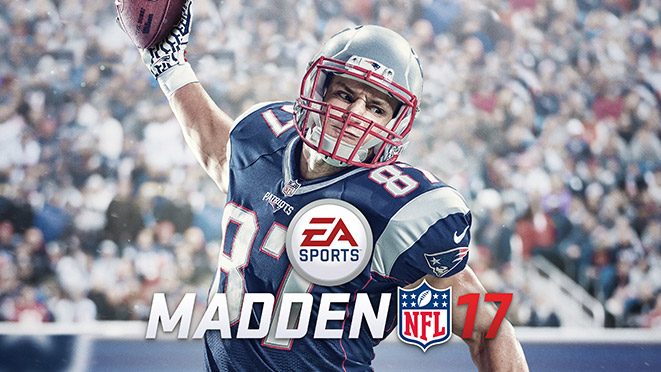
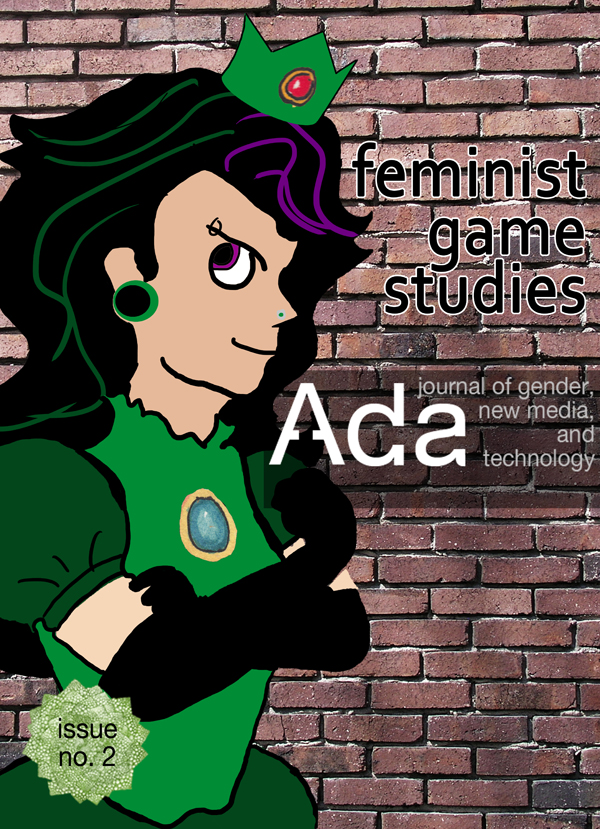
One thought on “At The Intersection of Game Design and Body Conformity”
Well said indeed. I was just thinking about this the other day. It would be nice to have just a little bit of progress even; a female with a slightly bigger waist, or a male with a tiny little tummy bulge. Anything would be an improvement!